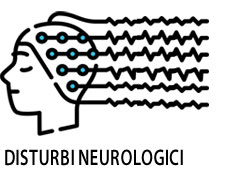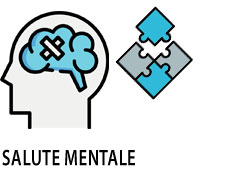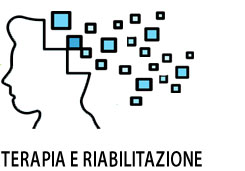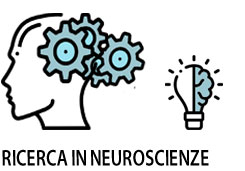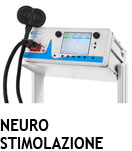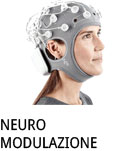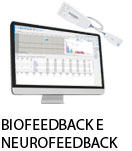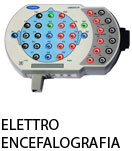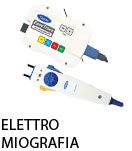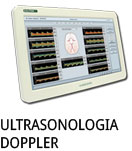- +39 011 5821948
- info@geasoluzioni.it
- Lun - Ven 8:00 - 17:30
Dorsomedial prefrontal theta burst stimulation to treat anhedonia, avolition, and blunted affect in schizophrenia or depression – a randomized controlled trial
- Abstract:
- Background: Intermittent theta burst stimulation (iTBS) over the dorsomedial prefrontal cortex (DMPFC) has shown promise in open-label trials of depression. Methods: In this randomized, double-blind, sham controlled trial we evaluate iTBS over the DMPFC for anhedonia, avolition, and blunted affect in patients with schizophrenia or depression. Active iTBS was delivered over the DMPFC with 1200 pulses per session, twice daily over ten weekdays at target intensity with an angled figure-of eight coil. Sham condition comprised the magnetically shielded side of the coil and simultaneous transcutaneous electrical nerve stimulation. Primary outcome was change on the Clinical Assessment Interview for Negative Symptoms (CAINS). Results: Twenty-eight patients were randomized to active iTBS and 28 to sham. Mean (standard deviation) change in CAINS score from baseline to the day after last treatment was -5.3 (8.1) in active iTBS and -2.1 (7.1) in sham. A linear model showed no significant effect of treatment, accounting for baseline scores p=.088. Sub analyses per diagnostic group showed a significant effect in patients with depression, p=.038, but not in the schizophrenia group, p=.850. However, overall depressive symptoms did not change significantly in patients with depression. There were three serious adverse events, all in the sham group. Limitations: Possibly too short treatment course and few patients with schizophrenia. Conclusion: In this first transdiagnostic randomized controlled trial of iTBS over DMPFC for anhedonia, avolition, and blunted affect it can be concluded that it was generally tolerable and safe but only more effective than sham in the subgroup of patients with depression.
- Patologie/Applicazioni:
- Anno:
- 2021
- Tipo di pubblicazione:
- Articolo
- Parola chiave:
- TMS; iTBS; theta burst; schizofrenia; depressione
- Testata scientifica:
- Journal of Affective Disorders
- Nota:
- La stimolazione magnetica transcranica con protocollo Theta Burst (iTBS) applicata alla corteccia prefrontale dorsomediale ha mostrato risultati promettenti nel trattamento della depressione. In questo studio, randomizzato e in doppio cieco, si valuta l'iTBS rispetto alla DMPFC per l'anedonia, l'avolizione e l'affetto piatto in pazienti con schizofrenia e depressione. In questo studio viene utilizzato il nostro sistema di stimolazione magnetica transcranica MagPro X100.
- DOI:
- 10.1016/j.jad.2021.04.053
S0165032721003852 originRegion=eu-west-1& Articolo originale su Journal of affective disorders Sistema TMS per il trattamento della depressione
Hits: 881
La nostra storia
GEA soluzioni si affaccia nel 2013 al mercato della strumentazione medicale di alto livello tecnologico ma la sua storia parte da più lontano, clicca qui per approfondire.
GEA SOLUZIONI SRL
via Issiglio 95/10, Torino
Tel.: 011 5821948 / 011 4463853
Fax: 011 0433281
Email: info @ geasoluzioni.it
P. IVA IT11696920013
REA TO1233648

